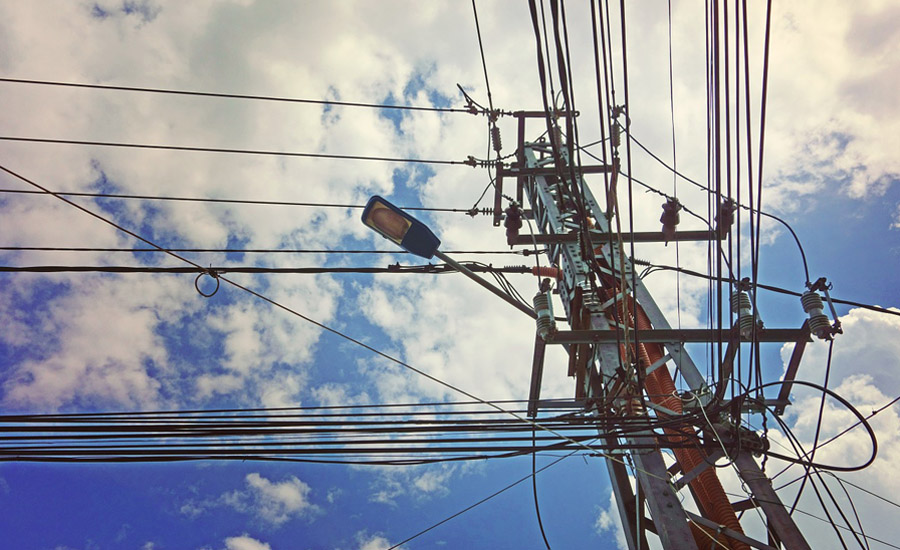What came first, technology or training?

Credit: Getty Images
When it comes to improving quality, safety and reliability within the electrical power industry, the knowledge base of our skilled workers has to keep up with the advancements in technology in the industry. Not all issues related to improving quality, safety and reliability within the electrical power industry are black and white – there are a lot of gray areas when it comes to quality training. How you train, whom you train, and how efficient the training of your work force is becomes even more critical as our workforce becomes gray. In order to teach adults you have to show them, read it to them, let them read it, have them write it down, let them look at it and let them work on it. These are the essential elements of adult education.
How do we train? How do we evaluate learning comprehension? Your electrical workforce has to have the skills, knowledge, and demonstrated ability to work safely on or about electrical equipment.
When your experienced technician starts with a new apprentice, do they skip right to application? While this type of focus is essential to continuing work during training, as a starting point for apprentices, it is fundamentally flawed. What is the proper procedure and where do you find the procedure? Familiarization with NETA ATS and MTS should be any training programs first step. To train an effective electrical maintenance technician, you must start by building a foundation of fundamental knowledge – those things veteran electricians may take for granted or may not adequately pass on. Does your training department (if you have one) keep up-to-date with the latest maintenance testing standards?
Electrical Safety Resource
Identifying what critical issues stand in the way of a successful electrical safety program, establishing training and retraining guidelines for technicians and addressing the specific regulatory requirements of industry are just three ways to keep up with the advancements in technology in the electrical industry. Any industry should first focus on reducing electrical hazards in your facility. Your facility should be in compliance with the latest design requirements for specific types of electrical protective equipment as outlined in OSHA 1910.137, and the revised Electric Power Generation, Transmission, and Distribution portion of OSHA 1910.269. And, if that isn’t enough, a plan that provides electrical safety and maintenance training for NFPA 70E 2015 edition is also required. With so many major changes taking place in the electrical power industry, having the right electrical safety resources and training provided by competent electrical professionals is key to maintaining a successful maintenance staff and program.
It is important that the training your electrical group receives are quality courses that are recognized by the International Electrical Testing Association (NETA®) for Continuing Education Units (CEUs) in order to be completely assured of the quality of instruction received and course content presented.
Looking for a reprint of this article?
From high-res PDFs to custom plaques, order your copy today!






